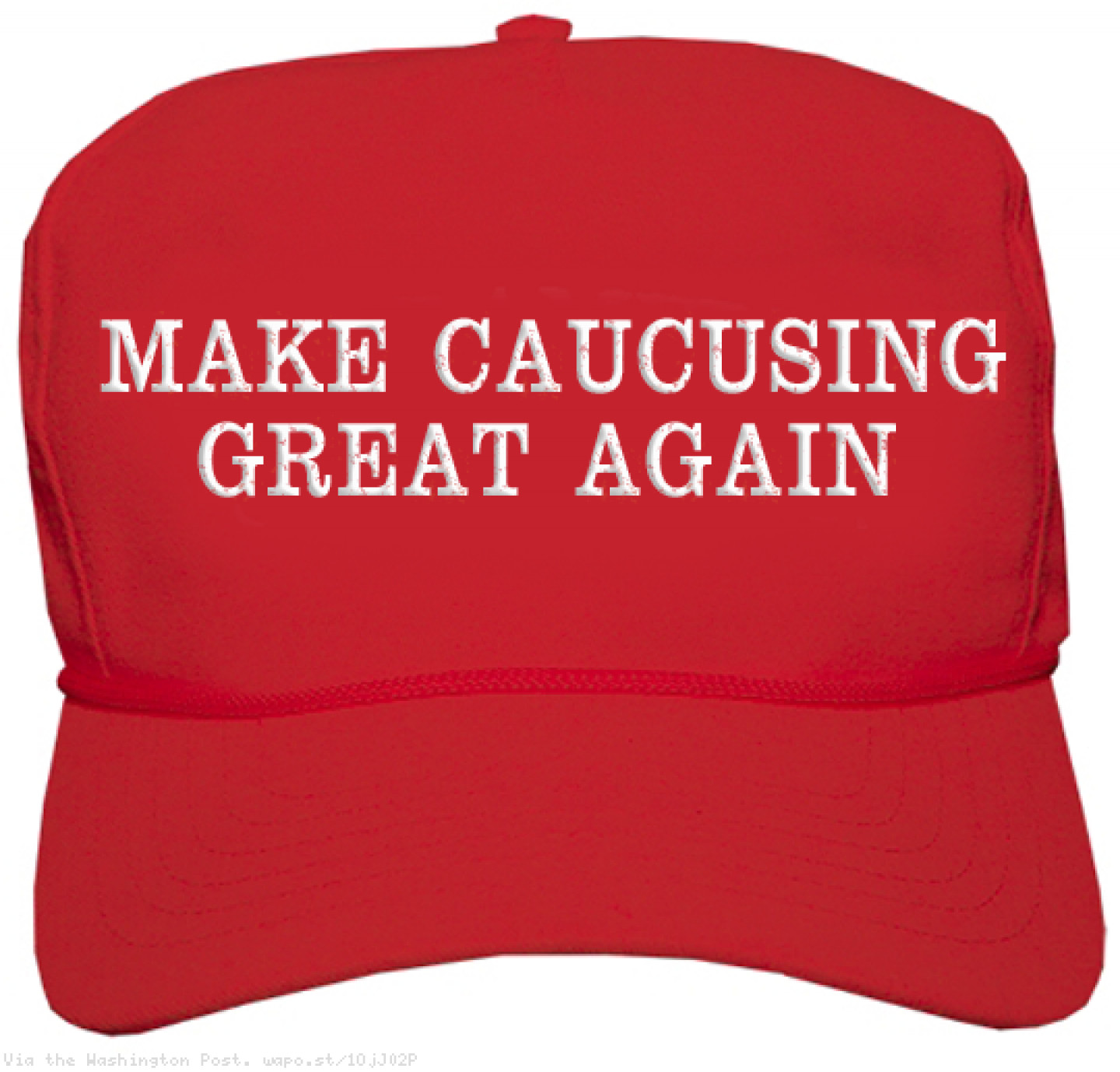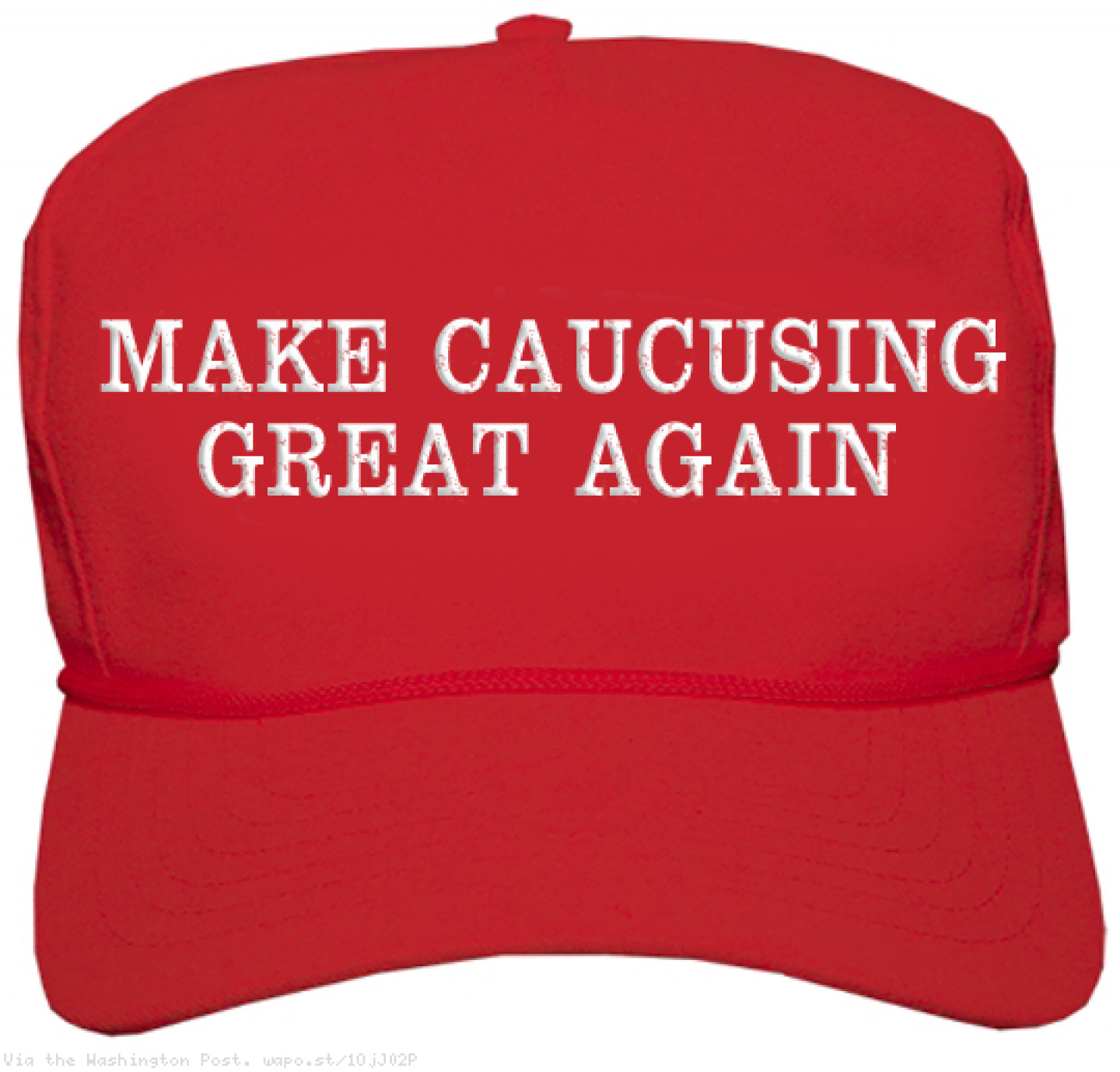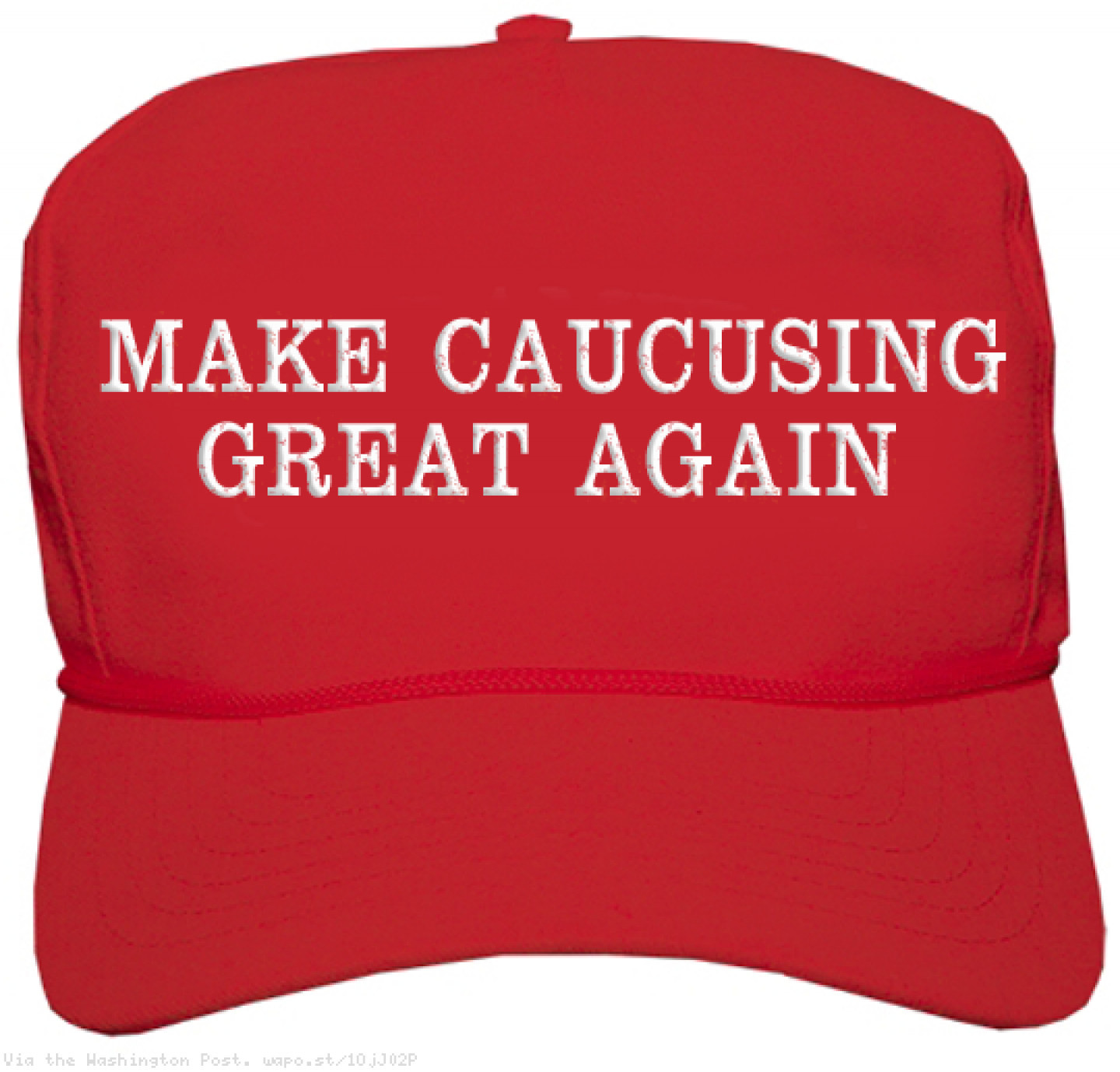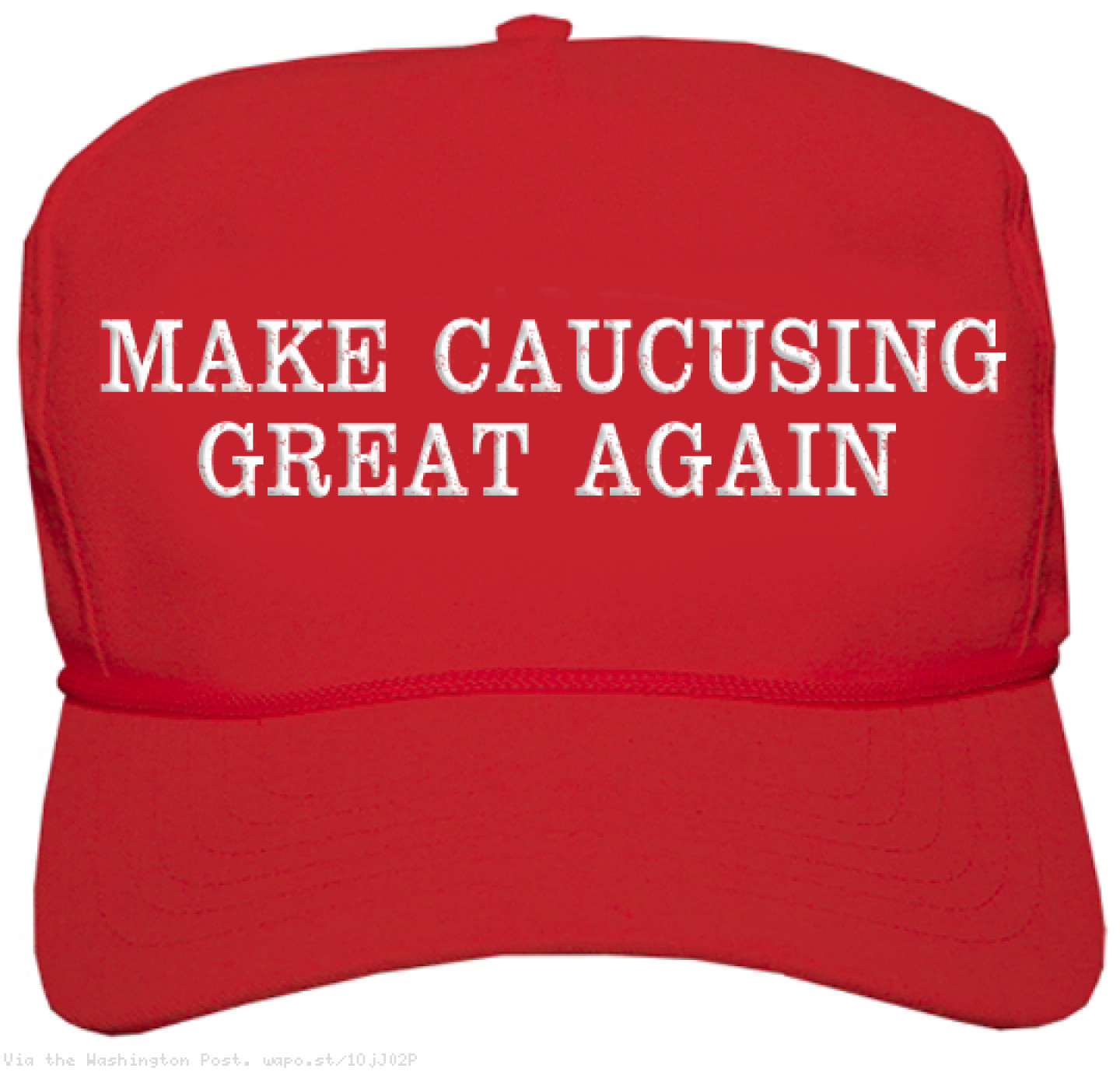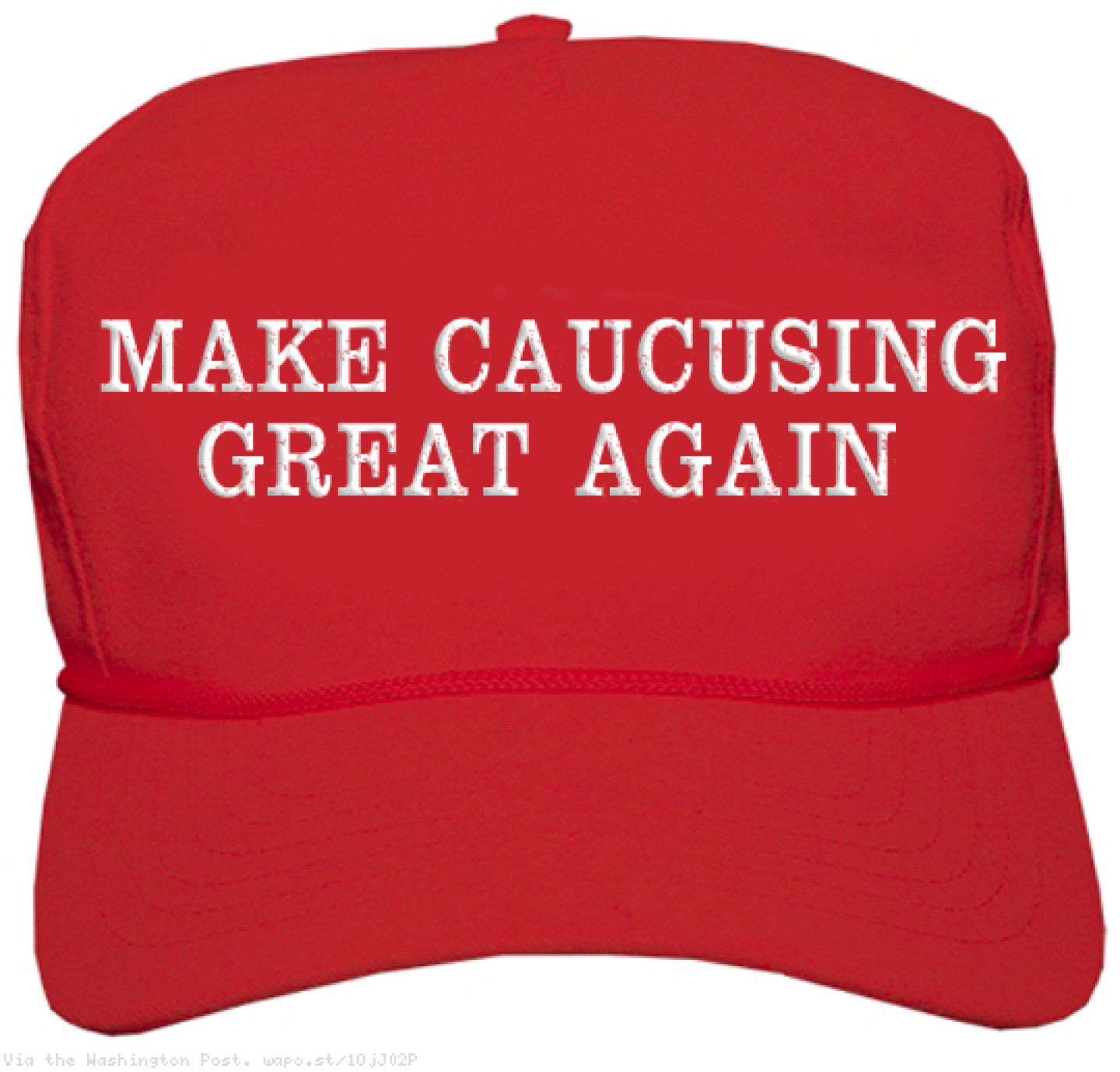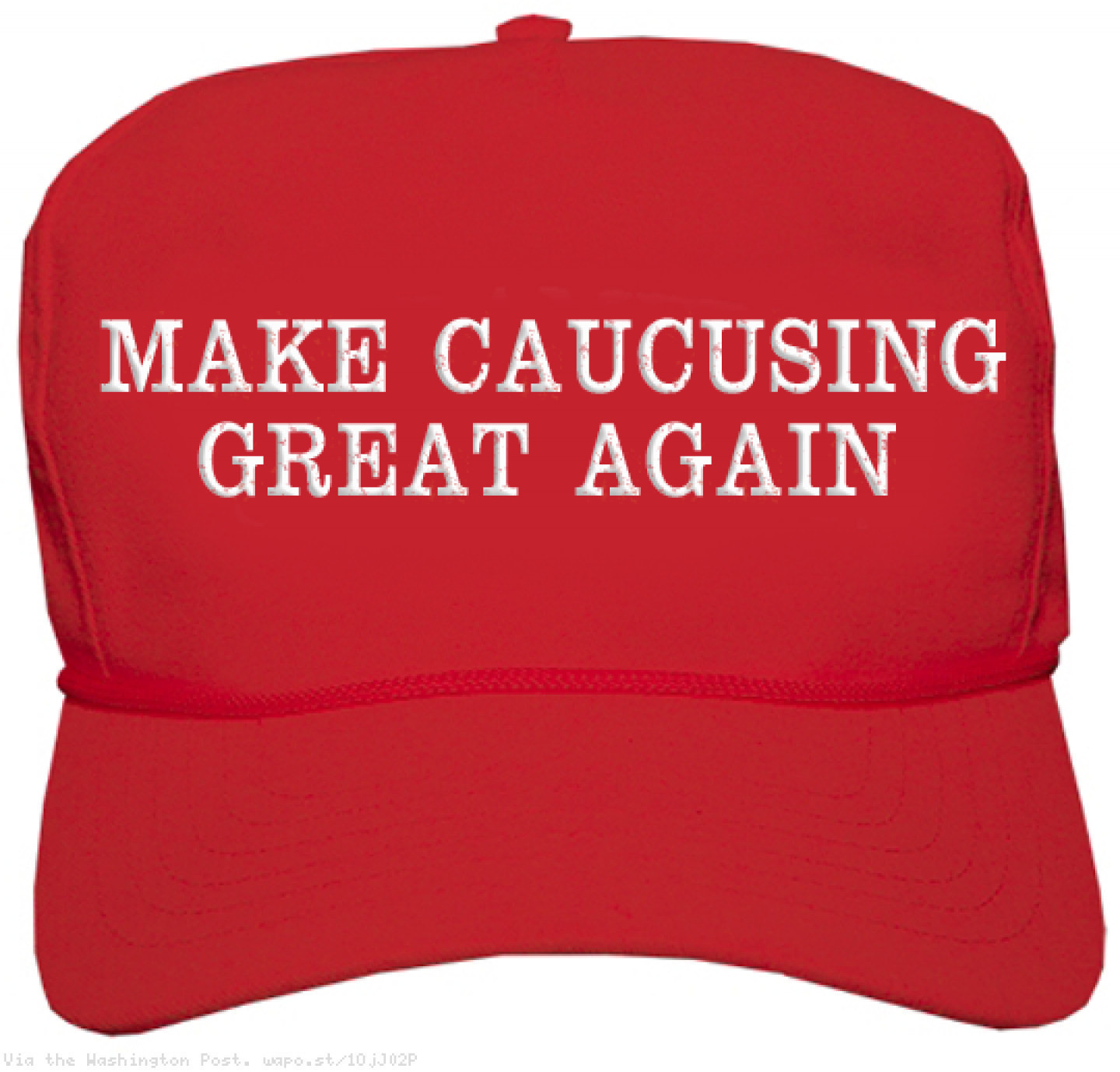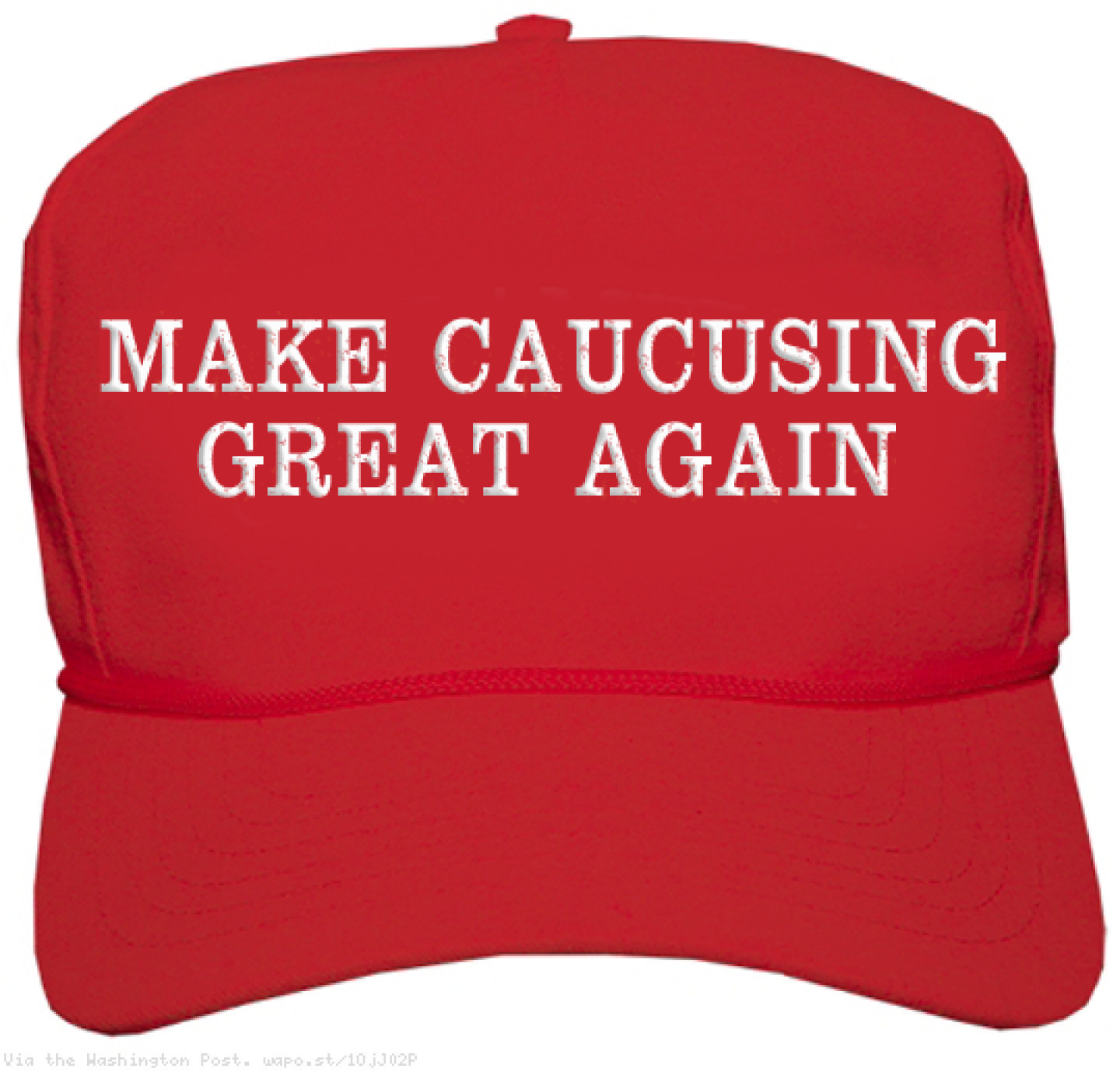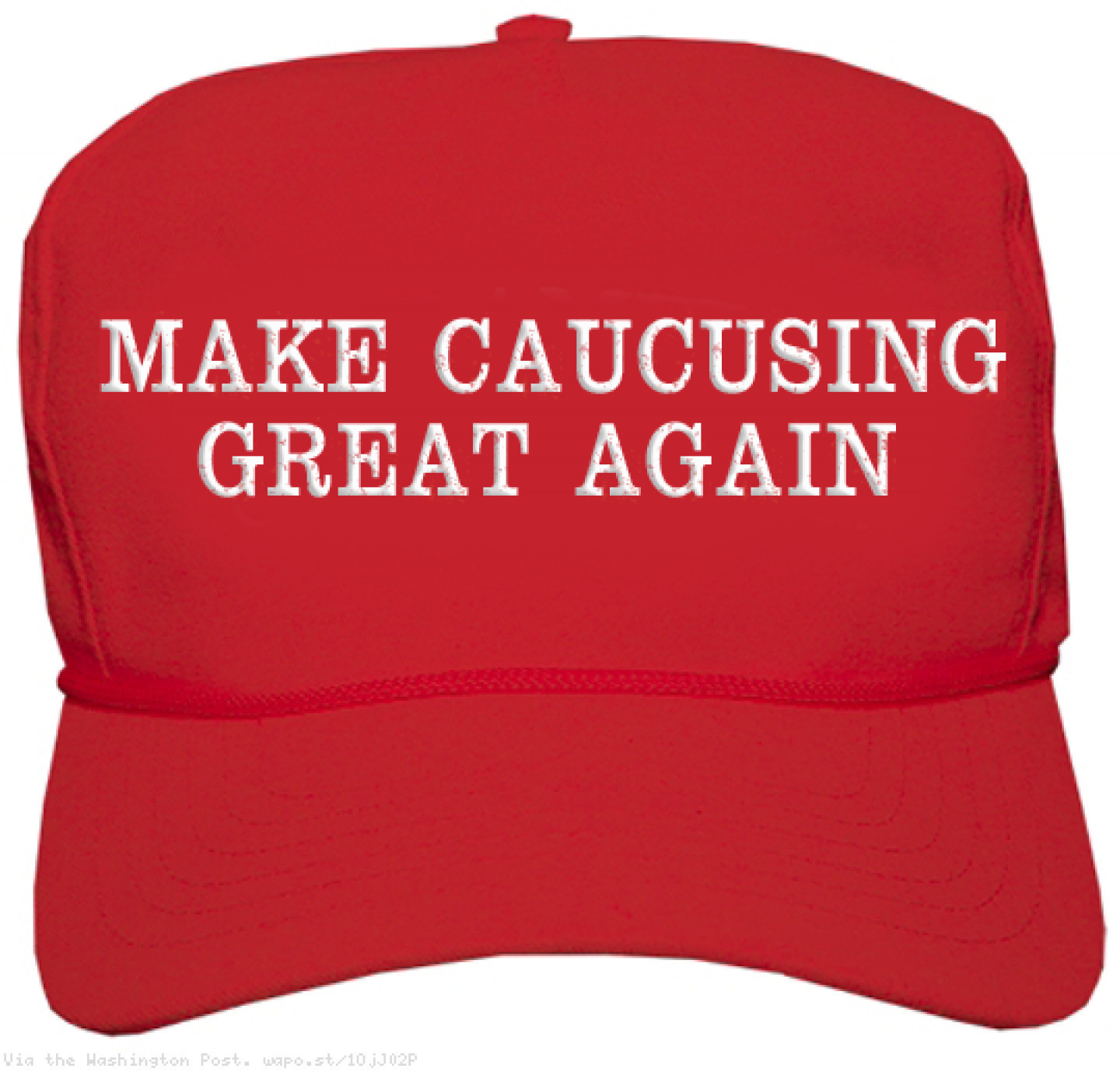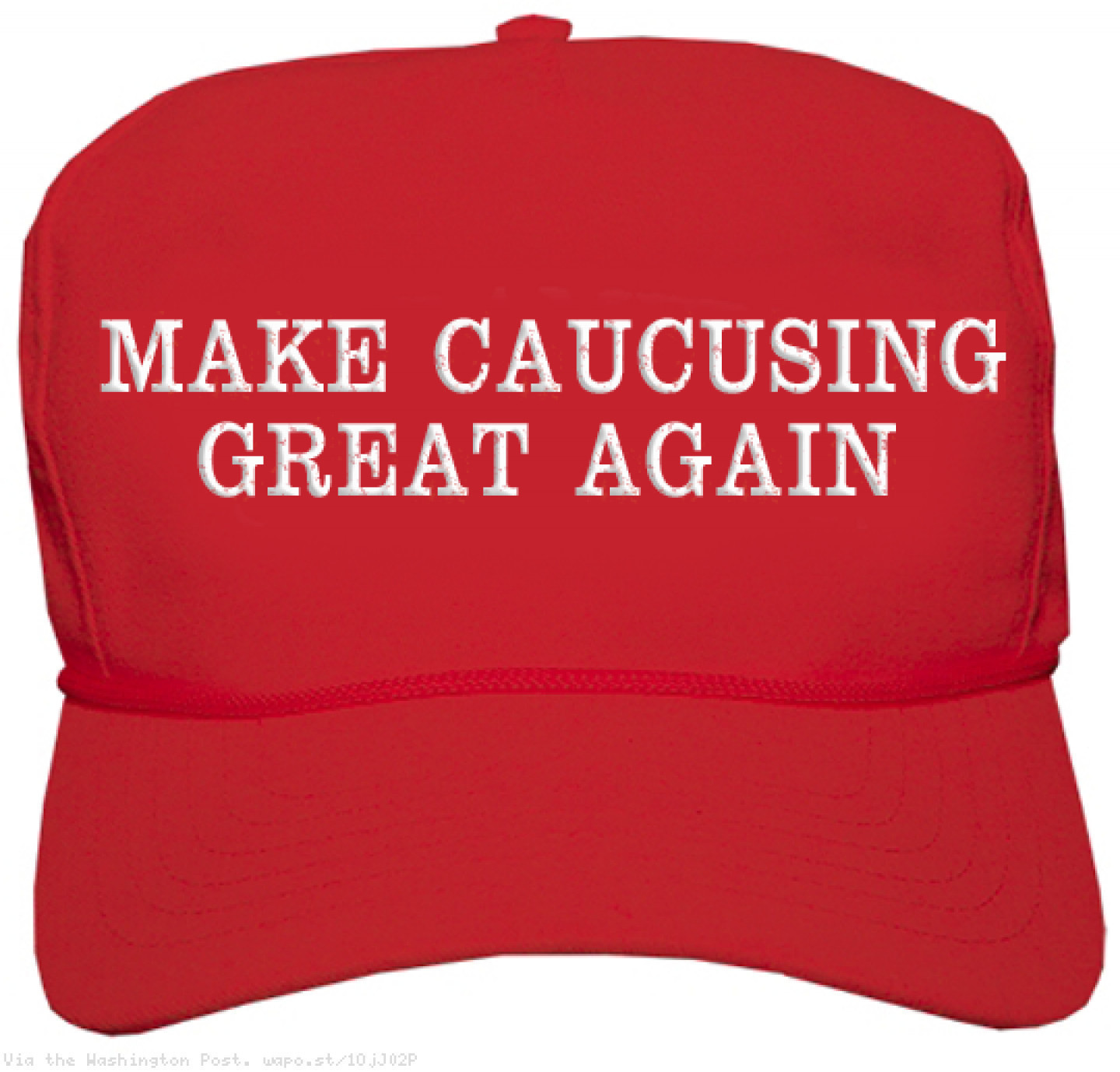Well we made it.
You thought there was not way we could get through 5 of these things, yet, here are are, still intact, awaiting the 7th1)no idea if this is accurate Space Warriors movie. The Iowa Caucus is a little more than a month away, so we are pretty much done with these debate stuff?
..Not exactly. If you round down, there are only like a dozen more debates left, which is less than 20, which is preferable to 30? (Doing the best I can here..).
Given how the race has shaken out to this point, it is difficult for me to add much analysis. It's a one man show right now, according to polls/media coverage/social media mentions. Between you and me, it is fascinating how a reality TV host with no political experience could dominate the party of Lincoln, but here we are. Unfortunately, Mr. Trump has blown the dust off the ole Dixiecrat playbook from the early 20th century2)Gov. Pataki called him a "Know-nothing" during the JV debate, which is a great/pretentious reference that a few of us enjoyed, and has seriously offended more than half the country.
I watched the Trump Vegas rally from Tuesday night, and it was political theater at its very best. Yet I cannot write the explainer3)Trump: How did this happen? that I want to, because I do not want folks to think that I or anyone here at Clear Counsel endorse any of Mr. Trump's policy ideas.
Therefore, as any discussion of Mr. Trump is 3rd rail, and there is no serious contender to him for the nomination as of now, I am left to provide a few highlights from the debate, and then a nice selection of links so you get can an idea of how much disagreement there is over who won/lost/flubbed.
...Don't worry, I have some comedy at the end.
Debate Highlights Part I: Trump vs. Bush
Jeb! earned that exclamation point last night. Finally, someone had the gall to question Mr. Trump, yet the fellow establishment Republicans just left him to flounder alone. It went about as well for Jeb! as you would guess:
About 4 debates too late. But still, it is nice to see that Jeb! has a little fight left in him. Jeb! desperately needed Sen. Graham on stage to back him up4)Who might be the only Republican that can match Sec. Clinton on foreign policy. The rest of these folks have seen the poll numbers showing how nearly 2/3rds of Republican primary voters like Mr. Trump's policy ideas. Is this about principle or winning?
There's a reason Jeb! hasn't taken on Mr. Trump until now.
At one point, the Rand Paul fans in the crowd5)they were a boisterous bunch, much to the chagrin of the political reporters tweeting from inside the debate hall, started booing Mr. Trump for surveillance of potential terror suspects, of all things6)I know, contain yourself. Let's see how Mr. Trump handled it:
Seems to have gone fine. The establishment folks should be worried, Mr. Trump is getting better at this format.
But maybe Jeb! and Mr. Trump are going to make-up and play nice?
Probably not:
Trump emails @washingtonpost a statement about Bush orbit's talk of not backing Trump if he wins nom: pic.twitter.com/FX32RqCPK0
— Robert Costa (@costareports) December 16, 2015
Rubio vs. Cruz
This is the nightmare scenario for the establishment GOP folks. I have two more clips to show you, then we will discuss:
Thoughts on who won? Unsure, right? Both men speak very well and are aware that there is not enough room in the race for both of them with Mr. Trump taking all of the free-media attention. The attacks on Mr. Cruz's honesty/integrity hurt him with the voters he has taken/still wants from Mr. Carson. The "amnesty" line of attack on Mr. Rubio hurt him with the much of the anti-immigrant section of the GOP electorate.
In a fight, one senator has to win and the other has to lose, right? The other possibility is that they both lose. Which is what happened last night. In order to beat Mr. Trump, the establishment candidate will need to unite the suit-and-tie element of the party. A divided establishment cannot stand7)up, at least to a billionaire bully.
I aggregated a good selection of links below so you can see the split by the corporate media in regard to winners/losers. Mr. Trump's easiest path to victory is a divided GOP.
The last 4 links are provided for entertainment purposes only. Thanks for reading.
— Matt Mackowiak (@MattMackowiak) December 16, 2015
https://twitter.com/DanScavino/status/677117117519425536/photo/1
http://www.washingtonexaminer.com/nevada-gov.-sandoval-warns-gop-trump-spells-electoral-disaster/article/2578517
http://www.vox.com/2015/12/16/10288202/republican-debate-cnn-trump-cruz
http://www.desmoinesregister.com/story/news/elections/presidential/caucus/2015/12/16/iowans-trump-falls-short-gop-debate-rubio-shines/77392200/
http://www.cnn.com/2015/12/16/politics/marco-rubio-ted-cruz/index.html
http://www.washingtontimes.com/news/2015/dec/15/charles-hurt-cnn-turns-gop-debate-aggravating-irre/
http://www.breitbart.com/big-government/2015/12/15/yuuuge-donald-trumps-best-gop-debate-yet/
http://www.bloombergview.com/articles/2015-12-16/republicans-debate-foreign-policy-divorced-from-reality
http://www.latimes.com/politics/la-pol-prez-republican-debate-trump-analysis-20151216-story.html
http://www.thedailybeast.com/articles/2015/12/16/was-marco-rubio-overrated-all-along.html?via=desktop&source=twitter
http://www.weeklystandard.com/the-war-in-vegas/article/2000244
http://www.slate.com/articles/news_and_politics/war_stories/2015/12/gop_candidates_proved_they_know_nothing_about_foreign_policy_in_the_cnn.html
http://www.washingtonexaminer.com/power-rankings-december-debate-leaves-trump-cruz-rubio-as-clear-front-running-trio/article/2578484#.VnFo2CUprLo.twitter
http://www.usnews.com/opinion/articles/2015-12-16/9-republicans-need-to-go-after-the-debate
.@jasonahart @DLoesch @JonahNRO Kasich gesture template: pic.twitter.com/PLDeY2aN3k
— Jim Geraghty (@jimgeraghty) December 16, 2015
Today’s Daily Cartoon by @BentSchwartz. See more cartoons here: https://t.co/SkkZCLXyWi pic.twitter.com/5GLnlJJjvh
— The New Yorker (@NewYorker) December 16, 2015
https://twitter.com/KateBennett_DC/status/676978704258621440/photo/1
The #GOPDebate in gifs, via @caseycapachi https://t.co/UewxH8zJeg pic.twitter.com/BTSta46fJn
— Masuma Ahuja (@masumaahuja) December 16, 2015
Reminder: This time you do the hand over the heart https://t.co/r90t9K7NDt
— IJR (@TheIJR) December 16, 2015
Footnotes
| ↑1 | no idea if this is accurate |
|---|---|
| ↑2 | Gov. Pataki called him a "Know-nothing" during the JV debate, which is a great/pretentious reference that a few of us enjoyed |
| ↑3 | Trump: How did this happen? |
| ↑4 | Who might be the only Republican that can match Sec. Clinton on foreign policy |
| ↑5 | they were a boisterous bunch, much to the chagrin of the political reporters tweeting from inside the debate hall |
| ↑6 | I know, contain yourself |
| ↑7 | up, at least to a billionaire bully |
